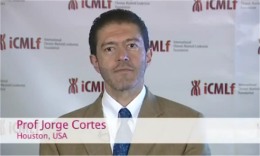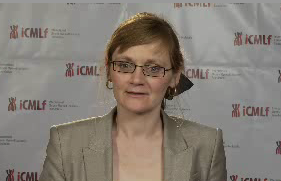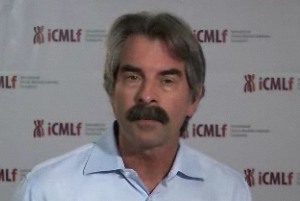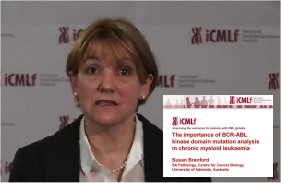english
Non-adherence of CML patientsResults of the global adherence survey of the CML Advocates Network
|
Has this been helpful? Please provide your comments here:
New Drugs in the Treatment of CMLJorge Cortes, MD Anderson Cancer Center, USAPlease click on the image below to watch the webcast, and a window will open. You can then also click on the slides to jump to certain sections of the presentation. Please share your feedback below, and view the other Virtual Education Program modules.
|
Issues covered
|
Has this been helpful? Please provide your comments here:
Can we safely stop TKI therapies? Experience from the STOP trialsDelphine Rea, Hôpital Saint-Louis, Paris, FrancePlease wait as the educational presentation will start automatically. You can also click on the slides to jump to certain sections of the presentation. Please share your feedback below, and view the other Virtual Education Program modules.
|
Issues covered
|
Has this been helpful? Please provide your comments here:
Transplantation for CML in 2011: Who, why, when?Jerry Radich, Fred Hutchinson Cancer Research Center, Seattle, USAPlease wait as the educational presentation will start automatically. You can also click on the slides to jump to certain sections of the presentation. Please share your feedback below, and view the other Virtual Education Program modules.
|
Issues covered
|
Has this been helpful? Please provide your comments here:
The importance of BCR-ABL kinase domain
|
Issues covered
|















